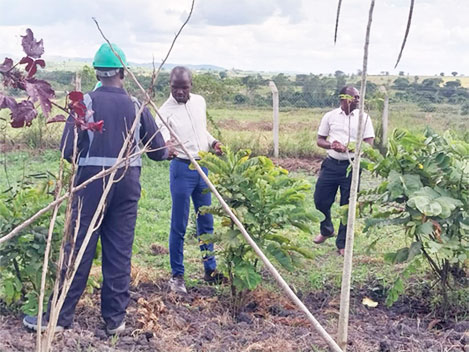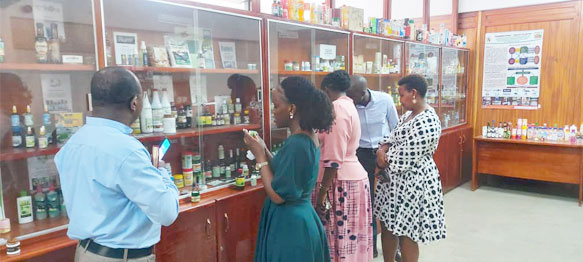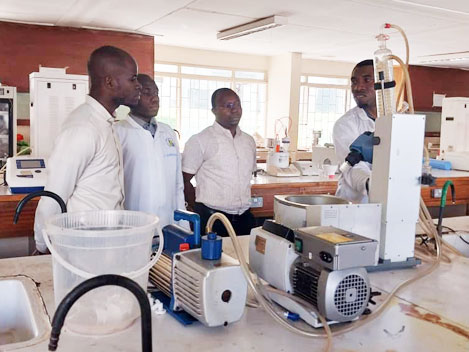Medicinal Garden in Mbarara University Science and Technology
In the pursuit of Uganda's Vision 2040 and its ambition for a science-driven socio-economic transformation, the strategic utilization of industrial science, technology, and innovation (STI) emerges as crucial. However, this endeavor faces significant challenges, including fragmented frameworks, a lack of expertise, inadequate infrastructure, and limited resources.
These hurdles hinder effective commercialization and industrialization efforts. In response, experts propose the establishment of a central coordinating entity to harmonize STI initiatives nationwide. This entity aims to address challenges by fostering collaboration and expediting product commercialization.


